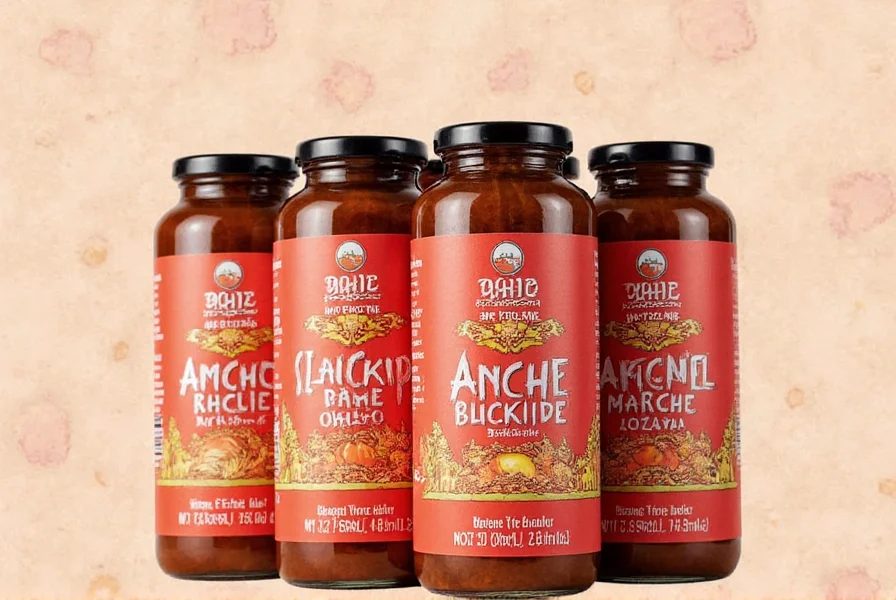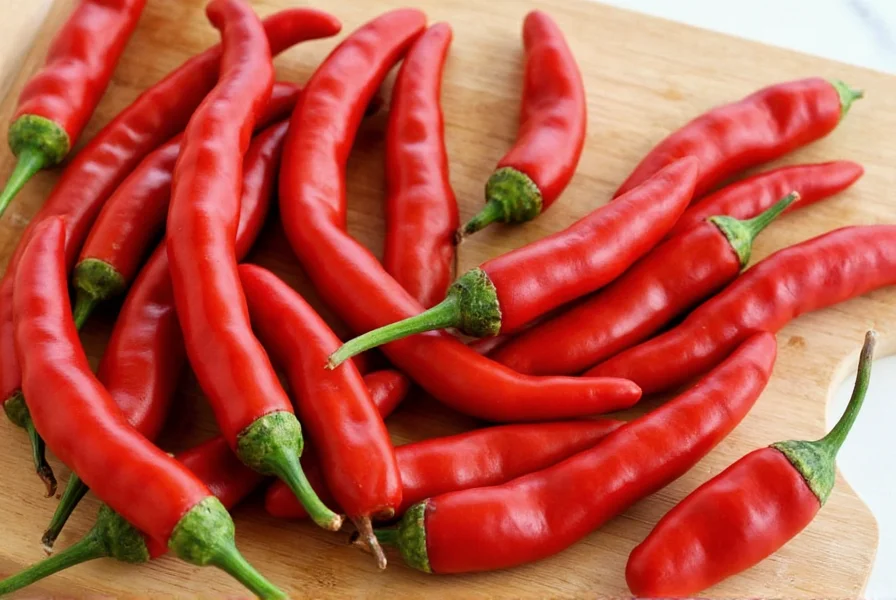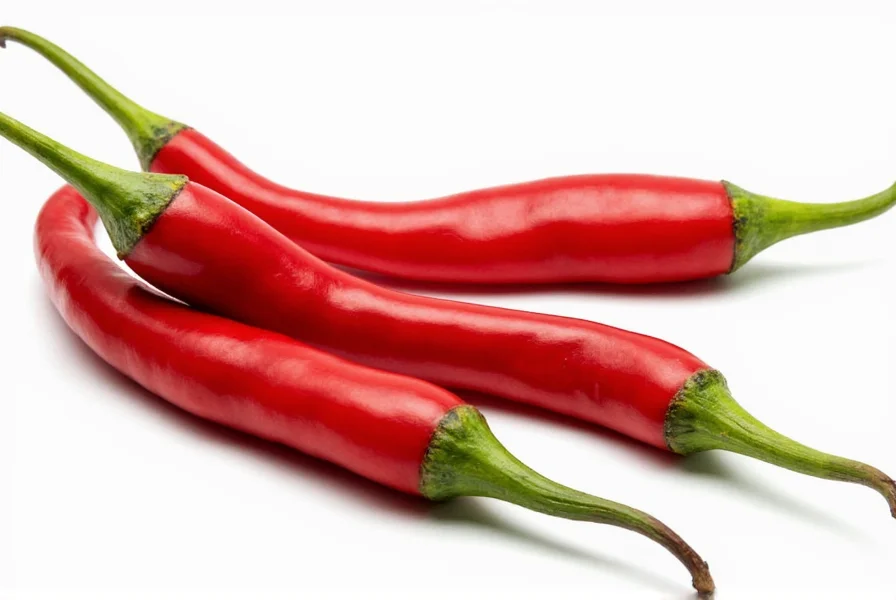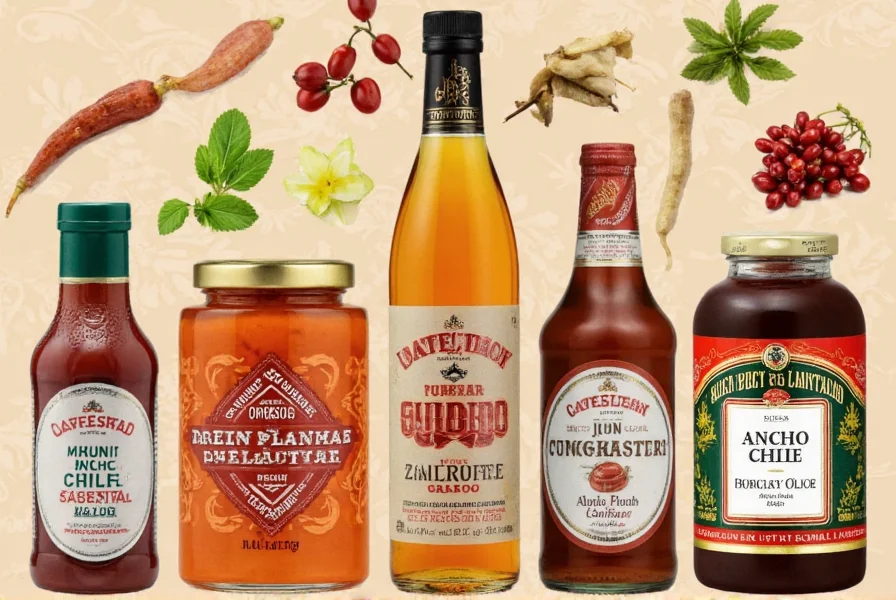Table of Contents
- Introduction: Top Ancho Chile Substitutes at a Glance
- What Makes Ancho Chiles Special?
- Top 10 Ancho Chile Substitutes
- Buying Guide: How to Choose the Right Replacement
- Creative Ways to Use These Alternatives
- Frequently Asked Questions
- Conclusion: Keep Calm and Cook On
Introduction: Top Ancho Chile Substitutes at a Glance
When you need ancho chile substitutes, the best options include guajillo, pasilla, mulato, and others. This guide provides detailed comparisons of flavor profiles, heat levels, and usage tips for mole, enchiladas, and other Mexican dishes. Below is a quick reference table for immediate substitution needs.
| Substitute | Flavor Notes | Heat Level | Best Used In |
|---|---|---|---|
| Guajillo | Berry-like, tart | Moderate | Sauces, salsas |
| Pasilla | Raisin, prune | Medium | Stews, moles |
| Mulato | Chocolate, licorice | Mild-Medium | Mole negro |
| New Mexico | Grassy, vegetal | Mild | Red enchilada sauces |
| Cascabel | Nutty, tangy | Moderate | Snack mixes, tacos |
What Makes Ancho Chiles Special?
Ancho chiles are the dried form of poblano peppers, known for their rich, slightly sweet, and smoky flavor with just a touch of heat (about 1,000–2,000 Scoville units). They're a staple in many traditional dishes like mole poblano, chili relleno, and adobo sauces.
What makes them stand out isn't just the heat—it's the complexity of flavor. Think dried fruit notes, subtle chocolate undertones, and a deep earthiness that layers beautifully in slow-cooked dishes.
| Flavor Profile | Heat Level | Common Uses |
|---|---|---|
| Sweet, fruity, smoky | Mild to medium | Mole sauces, soups, stews, salsas |

Top 10 Ancho Chile Substitutes
When substituting ancho chiles, prioritize these options based on flavor similarity and culinary versatility:
- Guajillo Chiles – Slightly spicier but very similar flavor; great for sauces and marinades.
- Pasilla Chiles – Also called "negro," they offer more heat and a raisin-like sweetness.
- Mulato Chiles – Darker and sweeter than anchos, with hints of licorice and cocoa.
- Dried New Mexico Chiles – Milder and slightly sweeter; ideal for mild red sauces.
- Cascabel Chiles – Nutty and slightly tangy with moderate heat.
- Ancho Chile Powder – A convenient option if you don't have whole chiles.
- Chipotle in Adobo – For when you want smoke and heat over fruity sweetness.
- Smoked Paprika + Mild Chili Flakes – A non-chile alternative that mimics the depth.
- California Wonder Bell Peppers (Roasted & Dried) – For a low-heat, flavorful base.
- Espelette Pepper – French variety offering gentle heat and subtle sweetness.

Buying Guide: How to Choose the Right Replacement
When shopping for substitutes, consider these factors to ensure the right match:
- Flavor Profile Match: For mole, choose guajillo or pasilla. For mild soups, new mexico or mulato work better.
- Heat Tolerance: Spicier substitutes like chipotle require quantity adjustments.
- Form Factor: Whole chiles offer depth when soaked; powders are faster but less complex.
- Freshness Check: Look for vibrant color, flexibility (not brittle), and strong aroma. Avoid mold or excessive dryness.
Creative Ways to Use These Alternatives
Go beyond traditional uses with these practical applications:
- DIY Spice Blends: Mix powdered chiles with garlic, cumin, and salt for custom taco seasoning.
- Infused Oils: Steep dried chiles in olive oil for fiery pizza drizzles or dips.
- Chili Salt: Toast and grind chiles with coarse sea salt for grilled meat finishing.
- Beverage Enhancer: Rub glass rims with lime and dip in crushed chile for margaritas or micheladas.
Tips for Beginners
- Start small—you can always add more heat later.
- Toast chiles before use to unlock deeper flavors.
- Soak in hot water or broth before blending for smoother sauces.

Frequently Asked Questions
What's the closest substitute for ancho chiles in terms of flavor?
Guajillo chiles are generally considered the closest substitute for ancho chiles. They share similar fruity, slightly sweet characteristics with moderate heat levels. For a more complex flavor profile similar to traditional mole, a combination of guajillo and pasilla chiles works exceptionally well as a replacement.
Can I use regular chili powder instead of ancho chiles?
Commercial chili powder often contains additional spices like cumin and garlic that can alter your dish's flavor profile. For best results, use pure ancho chile powder if substituting for whole ancho chiles. If you only have standard chili powder, use about half the amount called for and supplement with smoked paprika for depth. Remember that most chili powders are blends, not single-chile products.
How do I prepare dried chile substitutes for cooking?
Most dried chile substitutes should be prepared similarly to ancho chiles: remove stems and seeds, toast lightly in a dry skillet for 15-30 seconds per side until fragrant (but not burnt), then soak in hot water or broth for 15-20 minutes until softened. After soaking, blend with some of the soaking liquid to create a smooth paste for sauces. This process unlocks the maximum flavor from your substitute chiles.
Can I substitute fresh peppers for dried ancho chiles?
Yes, but with important considerations. Since ancho chiles are dried poblanos, fresh poblanos are the direct fresh counterpart. However, fresh peppers have higher water content and less concentrated flavor. For each dried ancho chile called for, use 2-3 fresh poblanos, roasted, peeled, and seeded. Keep in mind the flavor profile will be brighter and less complex than with dried chiles.
How much of a substitute should I use compared to ancho chiles?
The substitution ratio depends on the specific chile you're using. For guajillo or mulato chiles, use a 1:1 ratio. For spicier options like chipotle or pasilla, start with 75% of the amount called for and adjust to taste. When using powders, use 1 tablespoon of powder for every 2 whole dried chiles. Always remember that you can add more heat but can't remove it once added.
What's the main difference between ancho and guajillo chiles?
Ancho chiles (dried poblanos) are darker, with deeper chocolate and dried fruit notes and milder heat (1,000-2,000 Scoville). Guajillo chiles are brighter red, have more berry-like tartness, and slightly higher heat (2,500-5,000 Scoville). Both are essential in Mexican cuisine, but guajillos work better in dishes where you want a brighter red color and more pronounced acidity.
Conclusion: Keep Calm and Cook On
Running out of ancho chiles doesn't mean you have to cancel dinner plans or rewrite your recipe book. With the right knowledge, a few pantry staples, and a willingness to experiment, you can confidently choose a worthy substitute every time.
Whether you're going for a classic mole or trying your hand at fusion street tacos, remember: the spirit of spice lies not in perfection, but in exploration. So grab those chiles, fire up the stove, and keep the flame of flavor alive!

Spice up your kitchen—one chile at a time.











 浙公网安备
33010002000092号
浙公网安备
33010002000092号 浙B2-20120091-4
浙B2-20120091-4